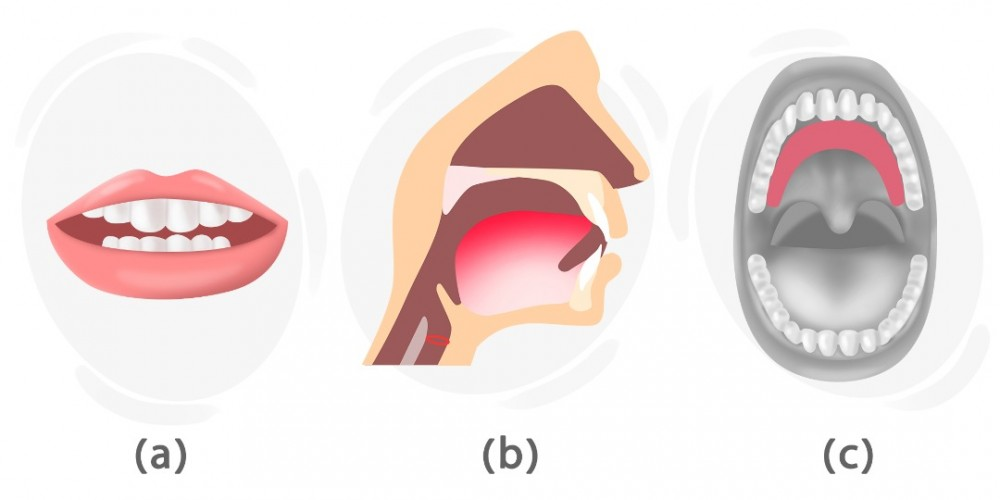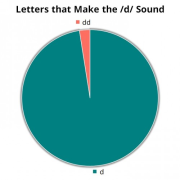How to Pronounce the /d/ Sound

In this lesson, we will learn how to produce the /d/ sound using the appropriate articulatory organs.
What Type of Sound Is /d/?
/d/ is a consonant in the English language.
How to Produce /d/?


As you can see in the picture (b), the tongue is used to produce this sound. Raise your tongue a bit and place its tip on the roof of the mouth, just behind the upper teeth. Note that the uvula has blocked the air passage to the nose. By raising our tongues, we stop the air from flowing out. Then, we lower our tongues so that the air is released forcefully from the mouth. Also, the circle of the vocal cords is colored which means that we have to vibrate our vocal cords. So, it is voiced.
In picture (a), the lips and the teeth are parted and the teeth are close but not touching.
In picture (c), you can easily find out where to put your tongue. The red part indicates that the tip of the tongue makes contact with that part.
Which Letters are Pronounced as /d/?
The sound /d/ is represented by the following letters:


d:
doctor /dɑk·tər/
doze /doʊz/
dictator /dɪk·teɪ·t̬ər/
blood /blʌd/
dd:
raddle /ˈɹædəl/
address /ˈæd.ɹɛs/
/d/ Sound in the Most Common World Languages
As you can see in the table below, most languages have the /d/ sound. With all the instructions provided for you and a little effort, you can easily produce this sound, even if it is not in your native language. Look:
Existence | Example | |
|---|---|---|
Mandarin* | ✔ | 大 (dà) |
Spanish | ✔ | andar |
Hindi | ✔ | दूध |
Bengali | ✔ | দুধ |
Portuguese | ✔ | lenda |
Russian | ✔ | два |
Japanese | ✔ | 男性的 (danseiteki) |
Vietnamese* | ✔ | đi |
Turkish | ✔ | dal |
French | ✔ | dais |
German | ✔ | oder |
Italian | ✔ | dare |
Persian | ✔ | اداره |
Standard Arabic | ✔ | دين |
Korean | ✔ | 아들 |
Indonesian | ✔ | dahan |
Filipino | ✔ | daw |
Hungarian | ✔ | adó |
Dutch | ✔ | dak |
Polish | ✔ | dom |
Romanian | ✔ | dop |
Swedish | ✔ | dag |
Czech | ✔ | do |
Greek | ✔ | ντροπή |
Ukrainian | ✔ | дерево |
Urdu | ✔ | دودھ |
* The sound exists in the language, but the pronunciation may differ.
Listening
Below, there is an audio file that helps you learn the proper pronunciation of the /d/ sound:
Comments
(0)